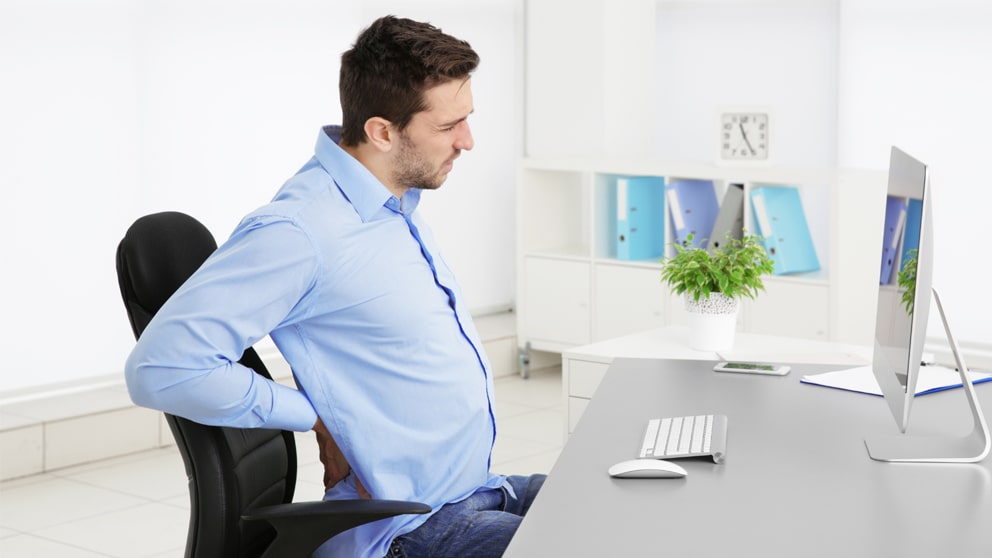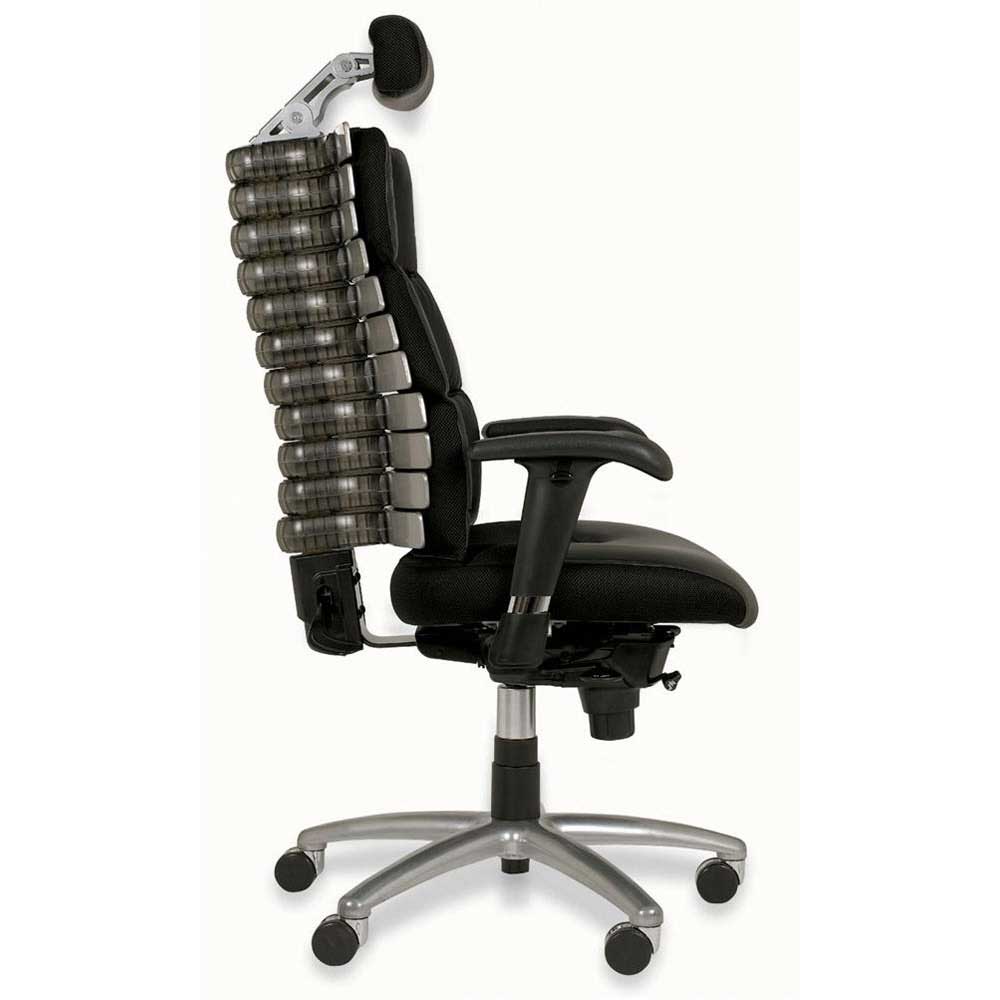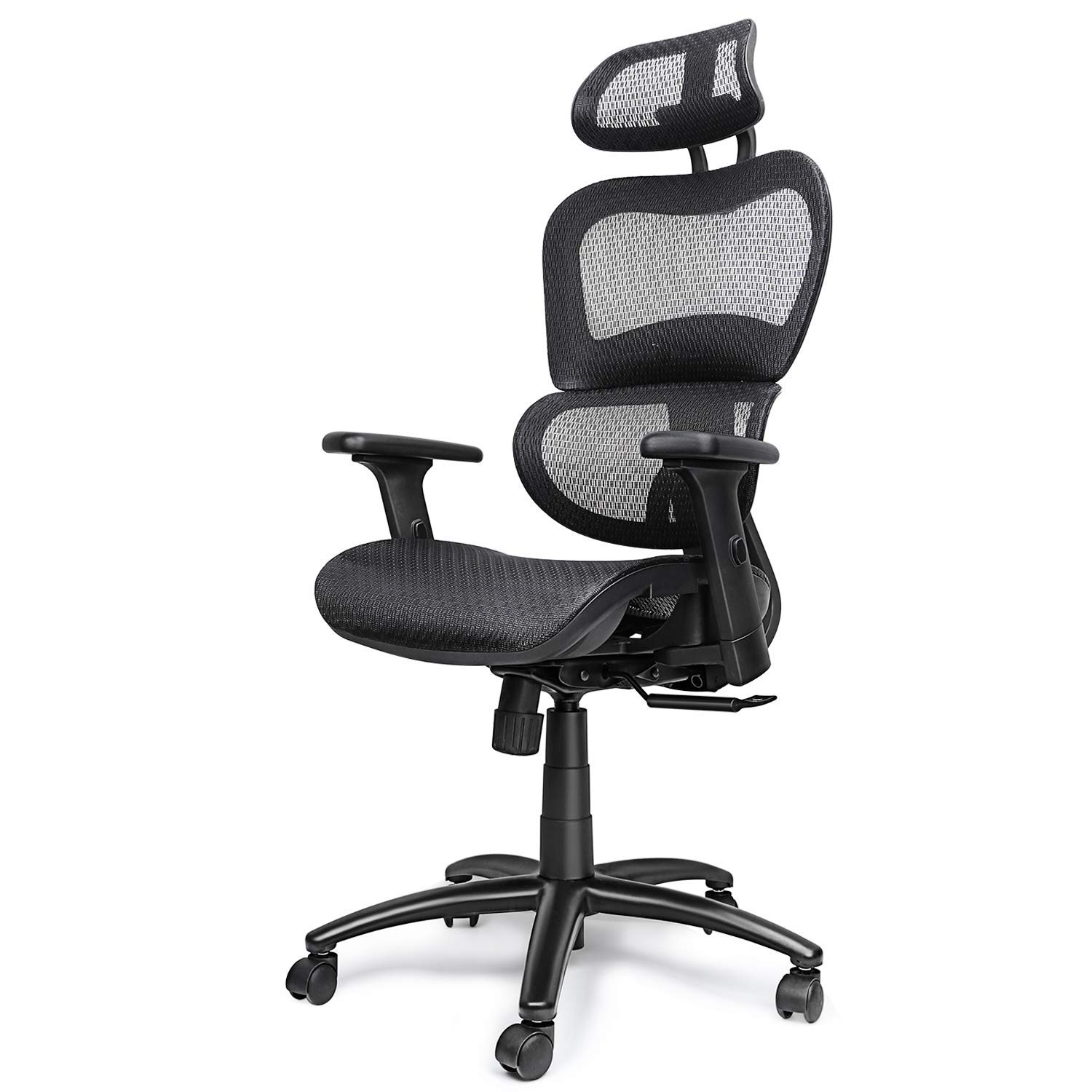Understanding Lower Back Pain and Chair Ergonomics

Lower back pain, a pervasive ailment that affects a significant portion of the population, is often a silent whisper of discomfort that gradually escalates into a debilitating symphony of pain. The intricate network of muscles, ligaments, and bones in the lower back, susceptible to the relentless forces of gravity and the demands of modern life, can easily fall prey to misalignment, overuse, and injury. Understanding the common causes of lower back pain and the role of chair ergonomics in mitigating its impact is paramount in seeking relief and preventing its recurrence.
Causes of Lower Back Pain
Lower back pain, a symphony of discomfort, can arise from a multitude of factors, each contributing to the intricate melody of pain.
- Muscle Strain: The intricate network of muscles in the lower back, often overworked and strained, can become taut and tender, leading to a dull ache or sharp pain. This can result from repetitive movements, prolonged sitting, heavy lifting, or poor posture.
- Ligament Injuries: The ligaments, acting as sturdy ropes that connect bones, can be stretched or torn, leading to sharp pain and instability. This can occur due to sudden twisting or forceful movements.
- Disc Problems: The intervertebral discs, acting as shock absorbers between vertebrae, can become herniated or degenerate, compressing nerves and causing pain, numbness, or tingling. This can occur due to age, injury, or repetitive strain.
- Spinal Stenosis: This condition involves narrowing of the spinal canal, compressing nerves and causing pain, numbness, or weakness. It can be caused by age-related changes, injury, or bone spurs.
- Facet Joint Arthritis: The facet joints, connecting vertebrae, can become inflamed due to arthritis, leading to stiffness, pain, and limited range of motion.
Poor Posture and Back Pain
Posture, the silent conductor of our physical well-being, plays a pivotal role in the symphony of back pain. A slouched posture, a common affliction of the modern age, can lead to an imbalance in the delicate alignment of the spine, putting undue stress on the lower back muscles and ligaments. This prolonged strain can contribute to muscle fatigue, stiffness, and pain.
Key Ergonomic Features for Spinal Alignment, Best chair for lower back problems
The pursuit of proper spinal alignment, a quest for balance and harmony in the body, is significantly aided by the principles of ergonomics. A chair designed with ergonomic principles in mind can provide the necessary support to maintain a neutral spine, reducing strain and promoting comfort.
- Lumbar Support: A contoured backrest with lumbar support provides a gentle curve that conforms to the natural curvature of the lower back, promoting proper alignment and reducing strain on the muscles.
- Adjustable Height: The ability to adjust the chair’s height to match the user’s leg length ensures that the feet are flat on the floor, reducing pressure on the lower back.
- Armrests: Adjustable armrests provide support for the arms and shoulders, reducing strain on the neck and upper back.
- Seat Depth: The depth of the seat should allow for proper thigh support without restricting blood flow.
- Seat Tilt: A slight forward tilt of the seat can encourage a more upright posture, reducing strain on the lower back.
Types of Chairs for Lower Back Pain Relief: Best Chair For Lower Back Problems

Finding the right chair can be a journey, much like navigating a labyrinth of thorns and shadows, each turn revealing a new possibility. But for those burdened with lower back pain, this journey becomes a quest for solace, a search for a throne of comfort amidst the discomfort. The right chair can be a beacon of hope, a refuge from the persistent ache, offering support and relief, allowing you to reclaim your posture and rediscover the joy of sitting.
Ergonomic Office Chairs
Ergonomic office chairs are specifically designed to promote proper posture and reduce strain on the lower back. They offer a range of adjustable features, including:
- Adjustable lumbar support: Provides targeted support to the lower back curve, reducing strain and promoting proper alignment.
- Height adjustment: Allows you to position the chair so your feet are flat on the floor and your thighs are parallel to the ground.
- Armrest adjustment: Enables you to position your arms comfortably, reducing strain on your shoulders and neck.
- Seat depth adjustment: Allows you to adjust the seat to accommodate your leg length, ensuring proper posture and circulation.
- Seat tilt adjustment: Provides flexibility to recline and change your sitting position, reducing pressure on your lower back.
Benefits
- Provides excellent support and comfort for the lower back.
- Reduces strain on the back, neck, and shoulders.
- Promotes proper posture and alignment.
- Offers a range of adjustable features to personalize your sitting experience.
Drawbacks
- Can be expensive, especially high-end models.
- May require some time to adjust to the various features.
- Not suitable for all work environments or tasks.
Kneeling Chairs
Kneeling chairs encourage a more upright posture by placing your weight on your knees and thighs, taking pressure off your lower back. They promote good posture and can help strengthen core muscles.
Benefits
Drawbacks
Lumbar Support Chairs
Lumbar support chairs provide additional support to the lower back, reducing strain and promoting proper alignment. They often feature a built-in lumbar support cushion or adjustable lumbar support settings.
Benefits
Drawbacks
Comparison Table
| Chair Type | Key Features | Pros | Cons |
|---|---|---|---|
| Ergonomic Office Chair | Adjustable lumbar support, height adjustment, armrest adjustment, seat depth adjustment, seat tilt adjustment | Excellent support and comfort, reduces strain, promotes proper posture, adjustable features | Expensive, may require time to adjust, not suitable for all environments |
| Kneeling Chair | Encourages upright posture, weight on knees and thighs | Promotes upright posture, reduces strain, improves core strength, unique experience | Knee and thigh discomfort, not suitable for all environments, challenging to adjust |
| Lumbar Support Chair | Built-in or adjustable lumbar support | Targeted support, reduces strain, promotes posture, can be used with existing chairs | Limited adjustability, bulky, may not fit in all spaces |
Choosing the Right Chair for Your Needs

The journey to finding the perfect chair for your lower back pain is a personal one, filled with considerations that are as unique as you are. The chair you choose should be an extension of your needs, not a compromise. Let’s embark on this journey together, navigating the factors that matter most.
Factors to Consider When Selecting a Chair
Choosing the right chair involves considering a range of factors, each playing a crucial role in your comfort and support. These considerations go beyond the aesthetics and delve into the essence of your needs.
- Body Type: The chair should accommodate your height and weight. A chair that is too small or too large will not provide proper support, potentially exacerbating back pain. Consider the seat depth, backrest height, and armrest positioning.
- Work Habits: Your daily activities influence your chair choice. If you spend hours sitting at a desk, a chair with adjustable features like lumbar support, seat height, and armrests is essential. For those who frequently stand and sit, a chair with a swivel base and easy-to-adjust features is ideal.
- Budget: Chairs for lower back pain range in price from affordable options to high-end ergonomic models. Set a realistic budget and explore chairs within that range. Don’t sacrifice quality for price, but consider features that align with your needs and budget.
Tips for Adjusting Chair Settings
Once you’ve chosen a chair, adjusting its settings is crucial to optimize comfort and support. Fine-tuning your chair is an ongoing process, adapting to your changing needs and preferences.
- Seat Height: Adjust the seat height so your feet are flat on the floor and your thighs are parallel to the floor. This posture helps maintain proper spinal alignment and reduces pressure on your lower back.
- Lumbar Support: Ensure the lumbar support provides a gentle curve, mimicking the natural curve of your lower back. This support helps maintain a neutral spine and reduces strain on your back muscles.
- Armrests: Adjust the armrests to support your forearms and elbows, allowing your shoulders to relax. Proper armrest height reduces tension in your neck and shoulders, promoting overall comfort.
Checklist of Features for Lower Back Pain
When searching for a chair, consider these essential features to ensure optimal support and comfort:
- Adjustable Lumbar Support: Look for a chair with adjustable lumbar support that can be customized to fit your individual back curve.
- Seat Depth Adjustment: A chair with adjustable seat depth allows you to find the perfect fit for your body, ensuring your thighs are supported and your knees are bent at a 90-degree angle.
- Armrest Adjustment: Adjustable armrests allow you to position them for optimal comfort and support, reducing strain on your shoulders and neck.
- Swivel Base: A swivel base allows for easy movement and rotation, reducing the need to strain your back when reaching for items or turning to speak to colleagues.
- High-Quality Materials: Choose a chair with durable and comfortable materials, such as breathable fabric or mesh, to promote airflow and reduce perspiration.
Finding the best chair for lower back problems can be a journey, but a good starting point is understanding your specific needs. For those struggling with sciatica, a supportive office chair cushion can make a world of difference.
Check out this guide to best office chair cushions for sciatica to find the right one for you. Once you have a comfortable cushion, you can focus on finding a chair with the right lumbar support and overall ergonomics for your back.
Finding the best chair for lower back problems can be a real quest, especially if you’re on a budget. But don’t despair! There are plenty of ergonomic chairs that offer excellent support without breaking the bank. Check out this guide to the best office chair for under 500 , and you’ll be well on your way to a comfortable and pain-free workday.
Remember, investing in a good chair is an investment in your health and well-being.